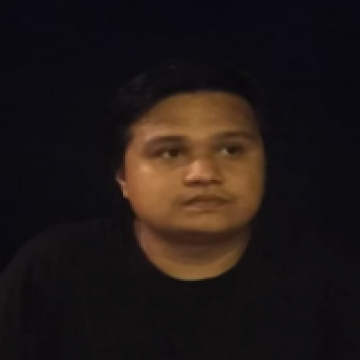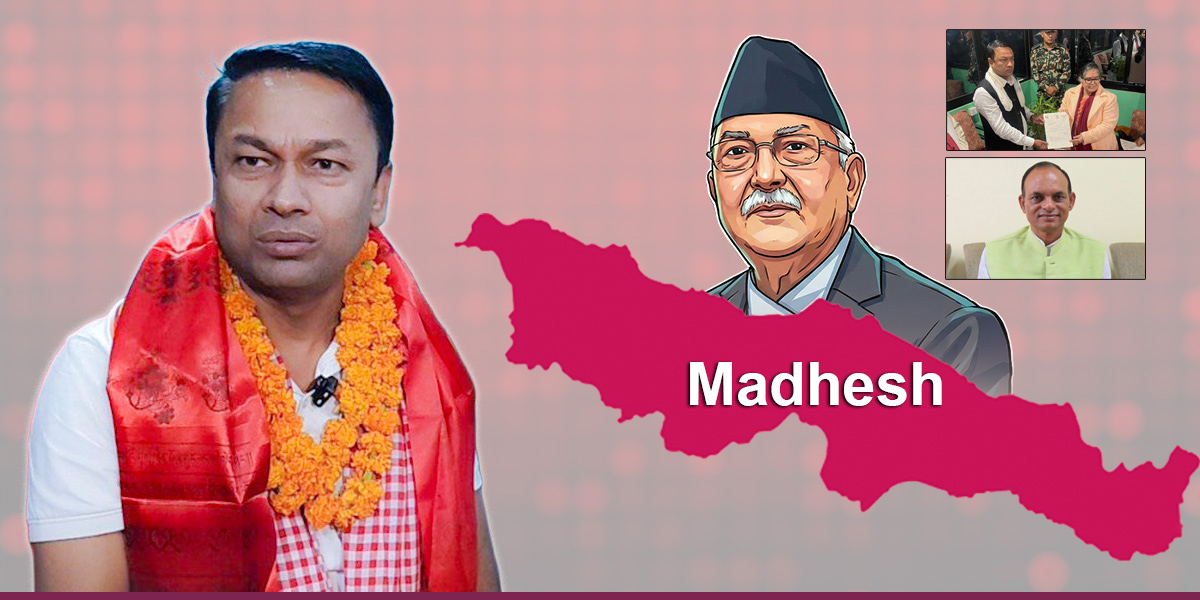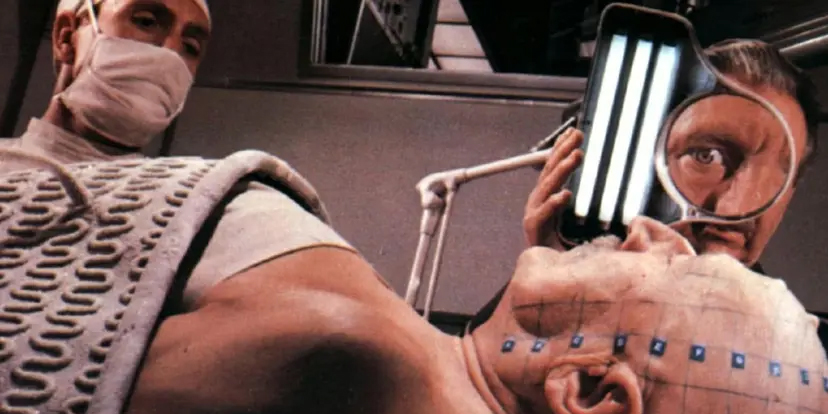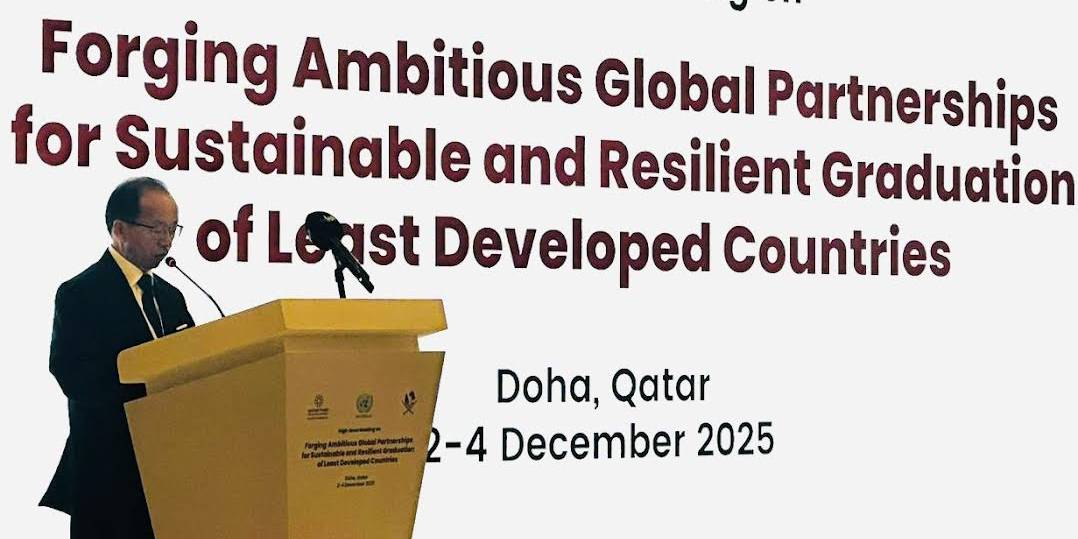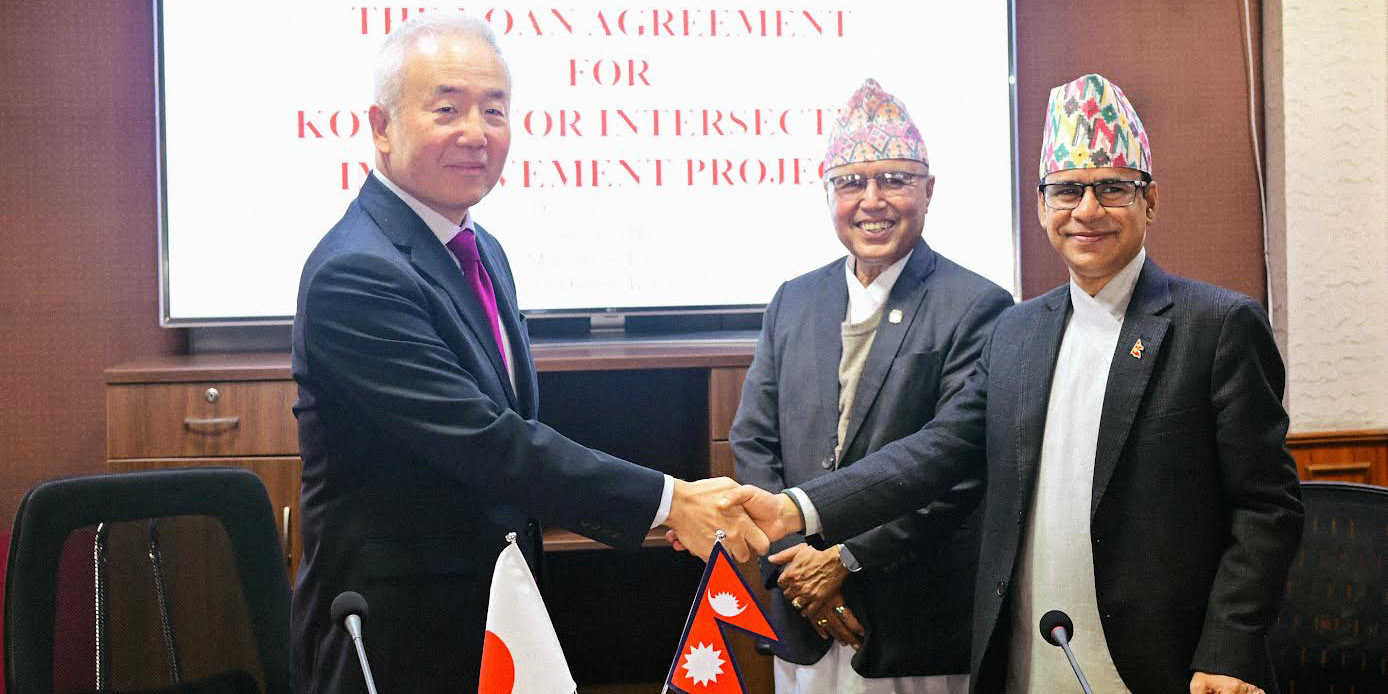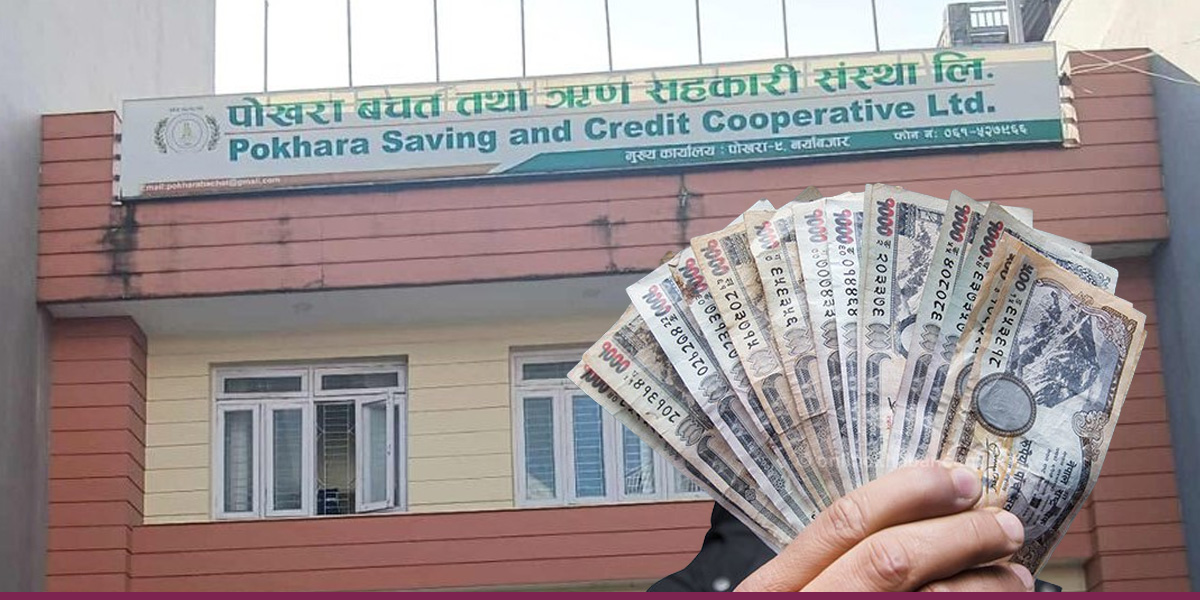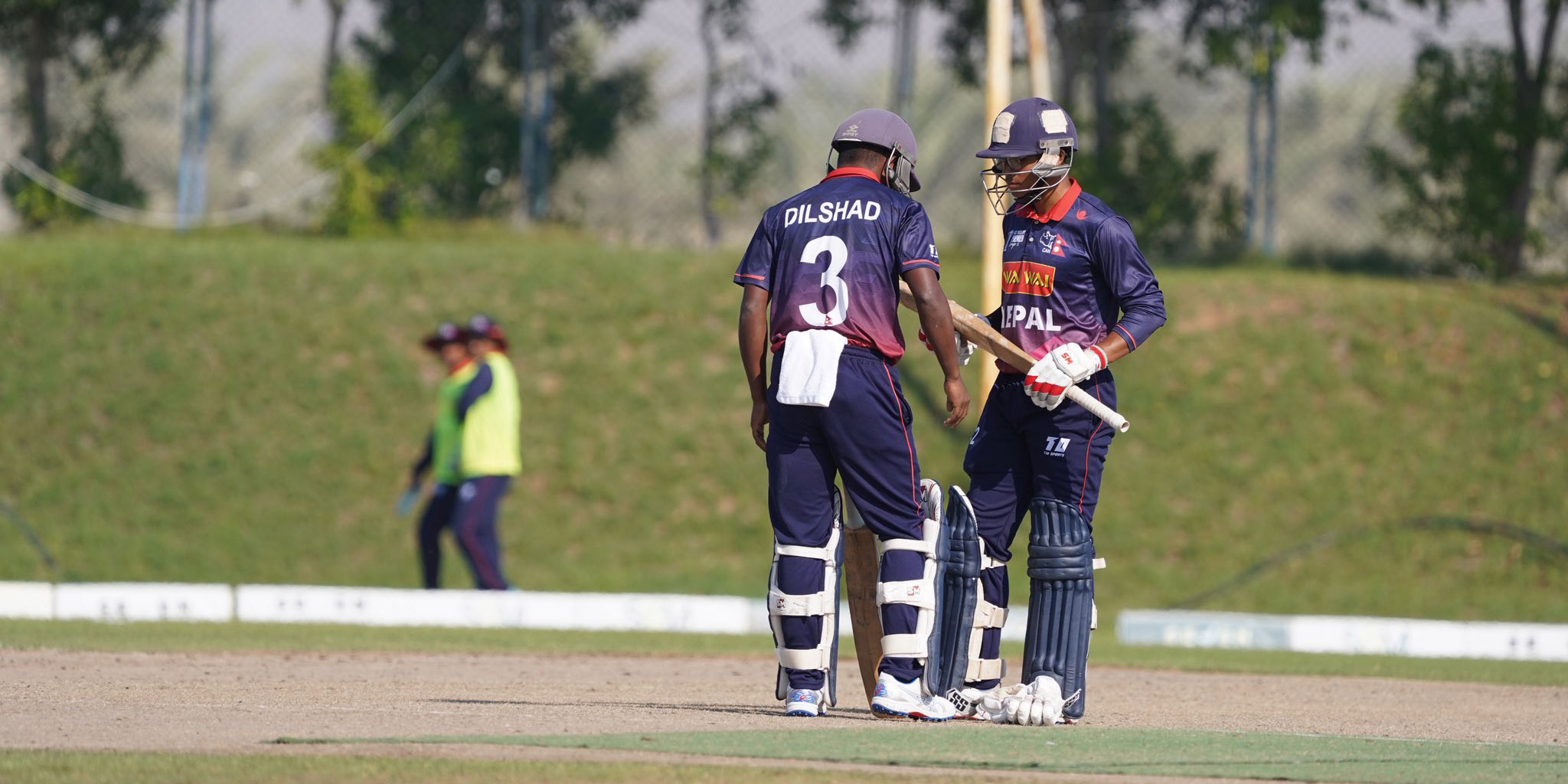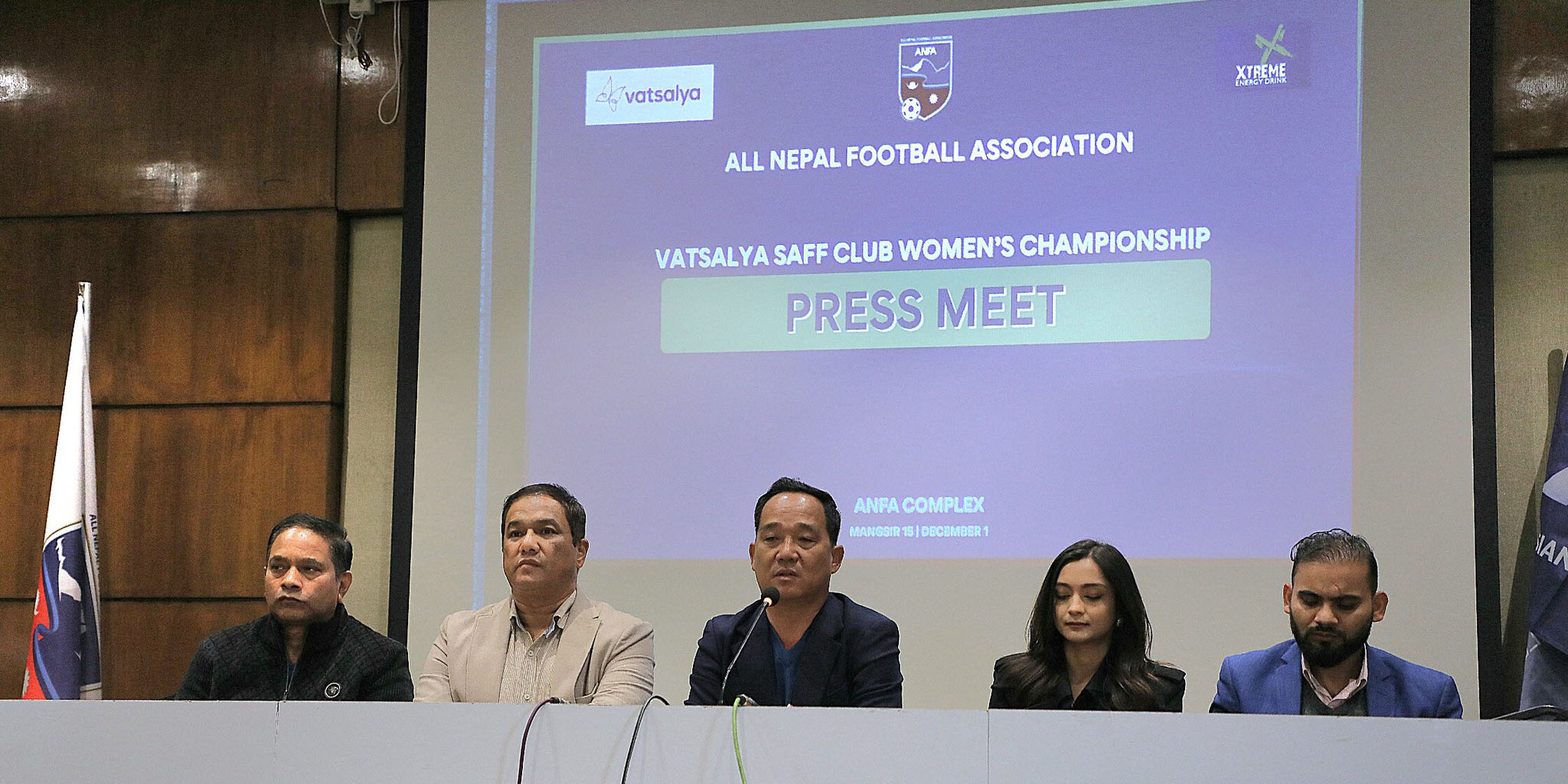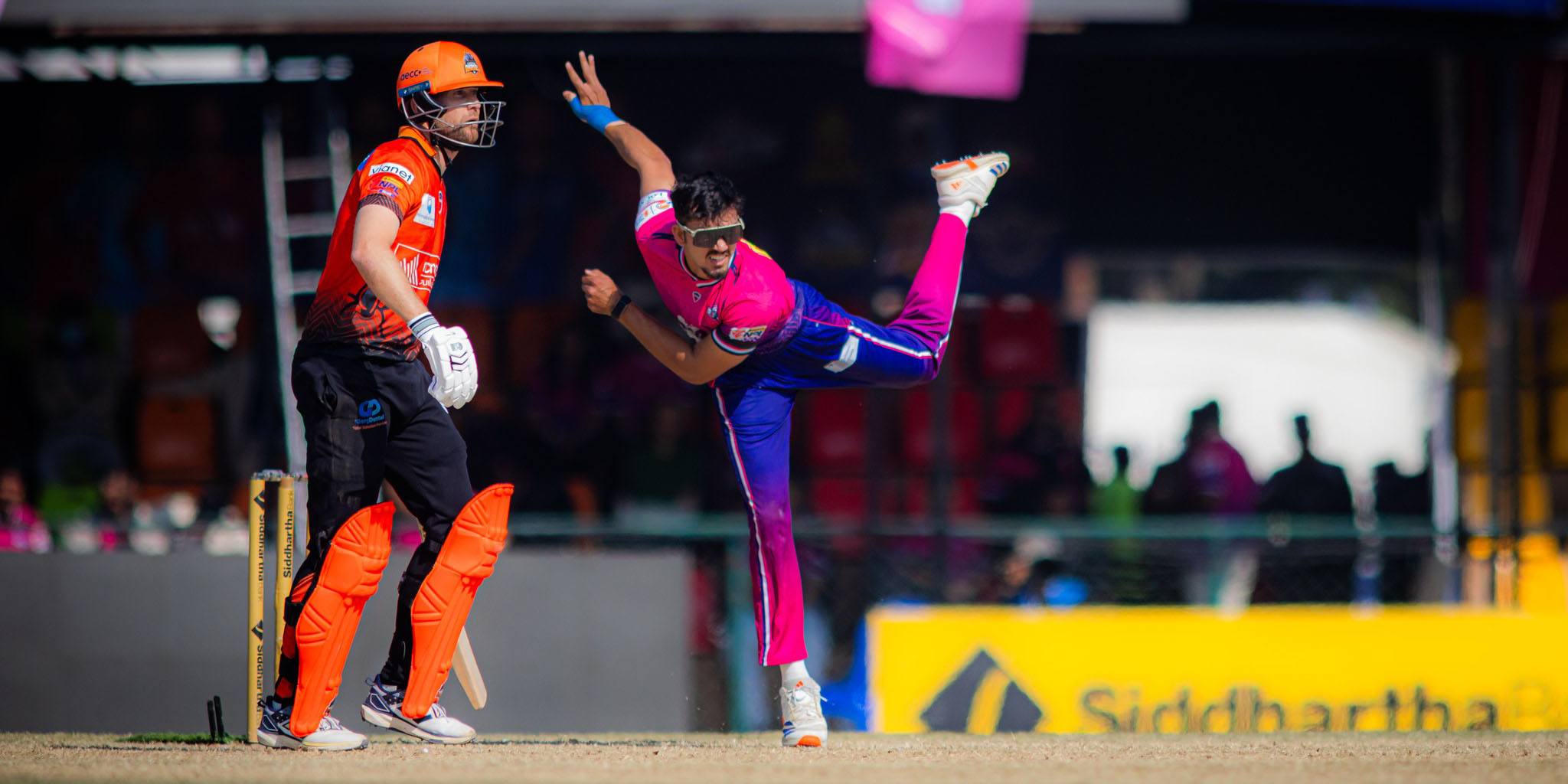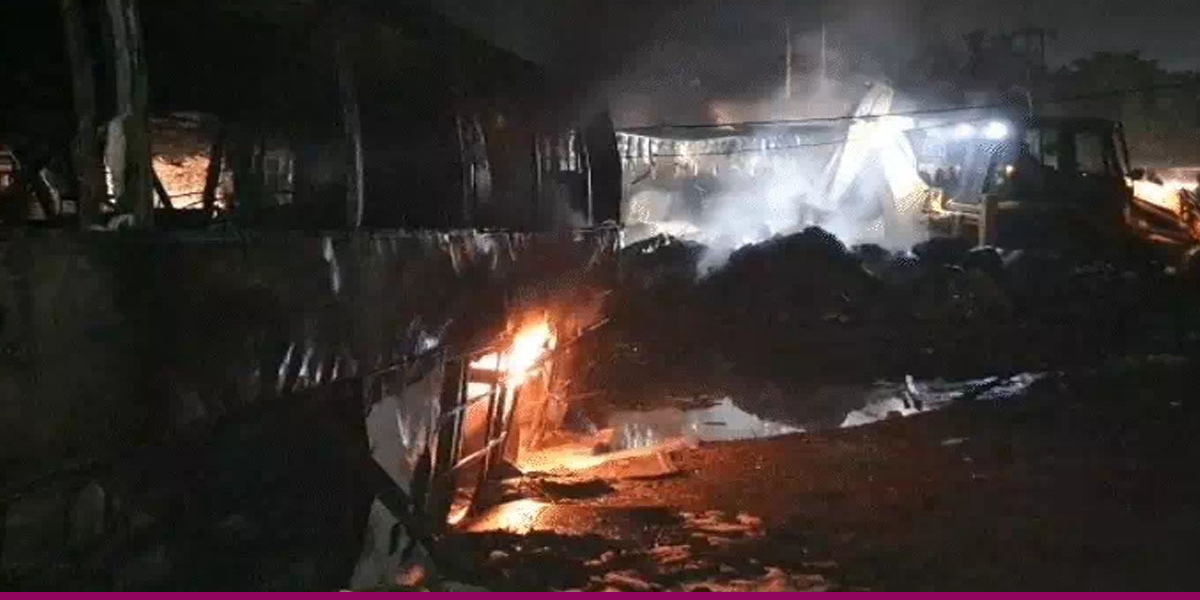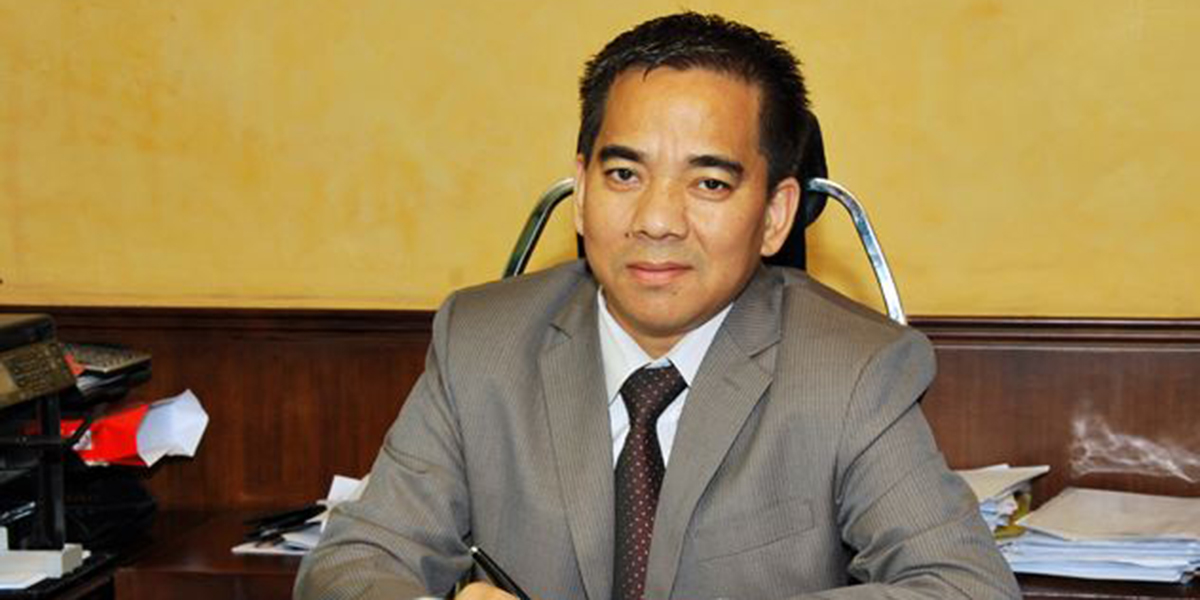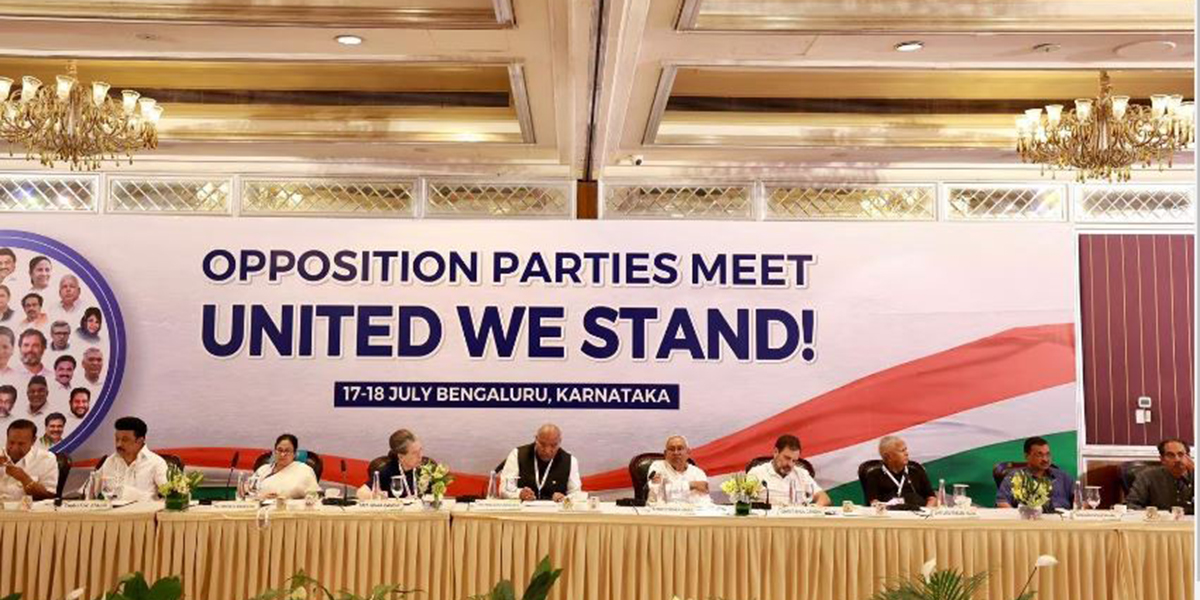
India is gearing up for the 2024 general elections. Although the exact dates have not been finalized yet, voting is expected to be held between April and May to elect 543 members of the lower house known as the Lok Sabha.
Candidates of the Bharatiya Janata Party (BJP)-led National Democratic Alliance (NDA) were victorious in 353 seats in 2019, with BJP alone winning 303 seats. This was a gain of 21 seats for BJP compared to the 2015 election. BJP’s main rival, the Indian National Congress (INC), managed to secure only 52 seats, while the United Progressive Alliance (UPA) led by INC won a total of 91 seats. Despite a modest increase of nine seats compared to the 2015 election, INC failed to boost its vote share significantly.
Speculations about the outcome of the next election heavily favor the BJP. Even staunch INC supporters do not see their party winning the election. The only question is whether BJP will be able to increase its seats. The formation of a new alliance of opposition parties under INC’s leadership, the Indian National Developmental Inclusive Alliance (INDIA), can impact BJP’s seat tally. However, the sustainability of this coalition until the election and the BJP’s ability to counter its influence will be pivotal in determining the election results.
India’s opposition parties convened in July last year to devise strategies to counter the BJP, which has comfortably secured victory in the past two elections, in the 2024 general elections. They reached a consensus to contest the election jointly and formed an alliance – Indian National Developmental Inclusive Alliance (INDIA). Leaders of the 26 participating parties also pledged to promptly finalize seat-sharing modalities.
However, the parties have failed to live up to these commitments. The alliance could only name its leaders in January, with INC President Mallikarjun Kharge appointed as Chairman and Bihar Chief Minister Nitish Kumar as Coordinator. Since then, significant shifts have occurred in the Indian political landscape. Nitish has defected to the BJP camp. Leaders of the alliance, who missed the deadlines of September 30 and December 30 to finalize the sharing of seats, are now pointing fingers at each other.
The INDIA alliance, which has been targeted by BJP leaders ever since its formation, is gradually losing traction. One of the reasons behind this is the lack of consensus on seat sharing. INC and the regional parties have significant differences over seat sharing. Alliance leaders like West Bengal Chief Minister Mamata Banerjee of Trinamool Congress and Punjab Chief Minister Bhagwant Mann of Aam Aadmi Party (AAP) have been telling the media that they would contest the election independently.
Questions are being raised on the fate of the INDIA alliance following Nitish’s decision to join the BJP camp. Why did Nitish, who left the BJP 18 months ago to form a government in Bihar with Lalu Yadav’s Rashtriya Janata Dal, return to the NDA? Nitish, known for his frequent party switches, has blamed the INC for his defection. He accused the INC of seizing leadership of the INDIA alliance and promoting Kharge as the prime ministerial candidate without consensus from the alliance partners.
Informed sources suggest that Nitish’s decision is tied to BJP’s ambitions. Narendra Modi, who is seeking a third term in office, has stated BJP alone aims to win 370 seats, with the NDA targeting 400. Analysts say BJP won’t be able to meet the target without securing Nitish’s support in Bihar. Bihar has 40 Lok Sabha seats. In 2019, the BJP won only 17 of them, one more than Nitish’s Janata Dal (United). With the Lok Janshakti Party, which won six Lok Sabha seats in 2019, already with the NDA, BJP saw Nitish’s support as crucial to reaching the 400-seat target. Nitish too is looking to elevate his party to at least the second-largest in Bihar with BJP’s backing. Currently, his party is the third-largest in the Bihar Legislative Assembly, behind BJP and Rashtriya Janata Dal, which have 32 and 31 seats, respectively.
After successfully luring Nitish out of the INDIA alliance, the BJP is now working to get AAP and Trinamool Congress out of the INDIA alliance. Recent political developments suggest that the BJP is making progress in this endeavor. INC and Trinamool leaders do not enjoy cordial relations in West Bengal. Mamata is dissatisfied with INC over not getting invited when Rahul Gandhi’s “Bharat Jodo” (Unite India) campaign reached West Bengal. This dissatisfaction is reflected in her recent comments.
Rahul has been trying to appease Mamata. “Mamata Banerjee is very close to me and our party. Yes, sometimes, Congress and Trinamool Congress leaders criticize each other’s party. But they are natural things, it happens. They are not going to disrupt the relations between the Congress and the TMC,” he told reporters.
Despite Rahul’s attempts at reconciliation, Mamata appears determined to contest the elections alone. Mamata recently alleged that the Left is attempting to control the agenda of the INDIA alliance and said that no one confronts the BJP as directly as she does. She also said the INC has declined her offer to support the party in two seats in West Bengal. “I told INC ‘you don’t have a single MLA here, I am offering two MP seats and we will ensure you win in those two seats.’ They said no, ‘we want more seats’. I said, ‘now I’m not going to give a single seat’,” Mamata told a party gathering recently.
Bhagwant Mann of AAP has also announced the party’s intent to contest independently in Punjab which has 13 Lok Sabha seats. This was expected considering AAP ousted INC to form the government in Punjab in the 2022 elections. INC holds only 18 seats in the state assembly, while AAP boasts 92. Since it secured eight out of 13 Lok Sabha seats in 2019, AAP is unwilling to cede any to INC.
INC’s performance in Uttar Pradesh, which has 80 Lok Sabha seats, has been dismal. It won only two and one seats, respectively, in the past two elections. Rahul Gandhi himself lost in the 2019 election. In 2009, INC had won 21 seats in Uttar Pradesh. BJP, which won only 10 seats in 2009, has dominated in Uttar Pradesh in recent elections, winning 71 seats in 2014 and 62 in 2019.
Can the INC contest alone?
It remains an undisputed fact in Indian politics that the INC is the only party with nationwide reach capable of challenging the BJP. However, with the party securing only 20% of the votes and 52 seats in the 2019 election, regional parties argue that the INC shouldn’t demand more seats. Mamata has even gone as far as to assert that the INC cannot even secure 40 seats in the 2024 polls. Modi has used the statement to taunt INC. “A challenge has been posed before you from West Bengal that Congress will not be able to cross 40 (in Lok Sabha elections 2024). I pray that you are able to secure 40,” Modi said in his address to the Rajya Sabha.
Not only the INC, but the regional parties are also to be blamed for the INDIA alliance’s failure to get the desired momentum. They fear that if the alliance falls short of expected seats, BJP will dominate them in state assembly elections.
Currently, BJP has chief ministers in 12 states and the party is a part of the ruling coalition in four other states. In contrast, the INC has chief ministers only in three states – Telangana, Karnataka, and Himachal Pradesh.
BJP and INC directly contested in 190 seats in the 2019 elections – BJP won 170 of them. INC, which had defeated BJP in 24 seats in 2015, saw its tally reduced to 15 in 2019. The two parties faced off in Lok Sabha seats in Madhya Pradesh, Chhattisgarh, Gujarat, Rajasthan, Haryana, Assam, and Karnataka. These are the states where the presence of regional parties is very weak. This means INC will have to contest against the BJP in Lok Sabha seats in these states on its own.
In 2019, BJP contested against regional parties in 185 Lok Sabha seats and won 128 of them. Most of the seats that the BJP lost were in Bihar, Odisha, West Bengal, Uttar Pradesh, and Maharashtra where regional parties’ have a strong presence. INC ranks as the third-largest party in these states. Given its limited prospects for victory in these states, the INC could provide strong support to regional parties in these states. Analysts say if INC’s votes are transferred to regional parties in the 88 seats where it finished third in the 2019 elections, candidates of the INDIA alliance could win the election.
In 2019, INC contested against regional parties in 71 seats and won 37 of them. Many of these seats are in Kerala, Punjab, Telangana, Maharashtra, New Delhi, and Tamil Nadu. BJP is not considered strong in these seats. It, however, can influence the outcome. INC can bolster its seat count by garnering support from AAP in Punjab and left parties in Kerala.
The ED Factor
If there is anything that is troubling leaders of the opposition parties in India, it is the Directorate General of Economic Enforcement, commonly known as the ED. This financial investigation unit under the Finance Ministry has become active since Narendra Modi assumed office in 2014.
Between 2004 and 2014, the ED’s activities were relatively subdued. According to The Economist, the agency conducted only 112 raids during this period. However, after Modi’s rise to power, the ED has conducted over 3,000 raids. Around 95% of those targeted in the ED’s investigations belong to opposition parties. The latest high-profile figure targeted by the ED is Jharkhand Chief Minister Hemant Soren.
A lot of allegations have been made against Soren. Although details about the investigation against Soren haven’t been made public, many say it is related to a land scam. Soren has been accused of illicitly registering government land in Ranchi under his name. Soren, the first sitting chief minister in Indian history to face arrest, has vehemently denied these allegations. In addition to Soren, Delhi Chief Minister Arvind Kejriwal has also been summoned by the ED to provide a statement on money laundering charges. INC leaders have not been spared from the ED’s investigations either. Sonia Gandhi and her son Rahul Gandhi are among the INC leaders under ED scrutiny.
The practice of targeting opposition party leaders through agencies like the ED and CBI is not new in India. According to the Indian Express, 54% of individuals under ED investigation and 60% under CBI investigation are political leaders. While the INC-led governments also targeted BJP leaders in the past, they primarily focused on lower-level functionaries rather than central-level leaders, ministers, or chief ministers.
As the Lok Sabha elections approach, there are allegations that the BJP is using government agencies to intimidate and stifle opposition voices. Last April, 14 opposition parties, including the INC, moved the Supreme Court to challenge the Modi government’s alleged misuse of bodies like the ED. However, the court dismissed their petition.
Last year, the ED accused former Chhattisgarh Chief Minister and Congress leader Bhupesh Baghel of receiving five billion rupees from an online betting app. These allegations surfaced just days before the state assembly elections in Chhattisgarh. BJP capitalized on the allegation in its election campaign. Consequently, the Baghel-led INC government suffered defeat in the assembly elections, contrary to expectations. The ED has also leveled various charges against Lalu Prasad Yadav and Tejashwi Yadav of the Rashtriya Janata Dal in Bihar.
Despite the low conviction rate, there are no signs of the ED activities abating. Interestingly, the ED has yet to initiate any investigations against leaders of the BJP and its NDA coalition partners even as the opposition parties are making corruption allegations against Assam Chief Minister Himanta Biswa Sarma, Maharashtra Deputy Chief Minister Ajit Pawar, former Madhya Pradesh Chief Minister Shivraj Singh Chouhan.

